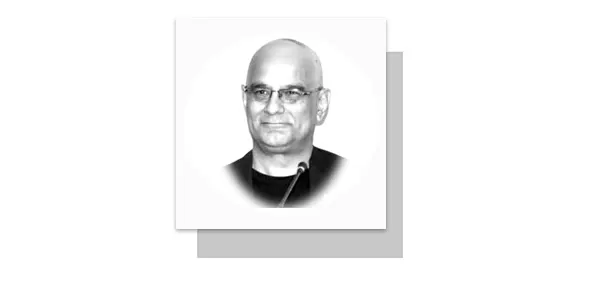THE tourism potential of Pakistan is limitless. Don’t take my word for it, but the word of a European relative who recently visited and travelled around Pakistan. Mind you, he is neither a frequent visitor, nor very familiar with Pakistan. But he travels the world constantly for professional and personal reasons, is quite adventurous. He came to Pakistan last month with a group of European friends and travelled around Pakistan’s northern areas in a unique manner – on locally rented motor bikes. His insight on the positives of Pakistan, the world’s perceptions and his suggestions about improvements are worth noting. What follows is Dominic’s story in his own words.
“Having just spent two weeks travelling by motorbike in Gilgit-Baltistan with a group of friends and a week before that bouncing off in-law relatives in Islamabad, Lahore and Peshawar, I have a renewed enthusiasm for the spectacular scenery, the delicious food and the warm and welcoming people of Pakistan. Our group had travelled mainly from Europe for an adventure trip to explore the mountains and valleys feeding the Karakorum Highway. Having been to the country before, but not to the mountains in the north, I knew what to expect from the big cities. But my friends were thrown in at the deep end – quite apprehensive about Pakistan’s negative image in the media – but willing to give it a try. And we all were blown away, in a good way. As I mentioned, the scenery was a spectacular highlight, which shattered any negative perceptions of those unfamiliar with the country’s geography. And compared to our other adventurous destinations such as India and Tajikistan, the food impressed with its taste and quality – perhaps too well, as I’m sure we’ve all put on weight!
But it was the sometimes-overwhelming interest and friendliness of the local people that left the biggest impression. Everywhere we went, we were asked where we were from and what we thought of the country. Hundreds of selfies were taken with us, as if we were celebrities; I was even interviewed in the middle of a suspension bridge hanging over the raging Indus River. Unfortunately, the image of Pakistan is not a good one overseas. It is seen as an unstable country with plenty of problems, yet the good sides are rarely highlighted. Security and safety are always a key concern for travelers, and I can confirm that on our trip we experienced zero issues in that respect – apart from perhaps getting used to seeing oncoming vehicles on our side of the road when they were overtaking on blind corners!
If there was one thing that left a very negative impression, it was litter. Everywhere we went we found litter, discarded without a thought: at the side of the roads, on trails, next to shops, next to restaurants and blighting the environment in the most beautiful of places; Pakistanis are rightly proud of their country, and yet they seem to treat it like one big trash bin: car windows opened and trash thrown out without the slightest concern. While such littering is common in other developing countries, Pakistan could distinguish itself from them and make it a unique selling point. It may not sound like much, but seen through the eyes of western tourists, the blight of litter leaves a very negative impression. Surely a national campaign taking pride in Pakistan’s environment, and to put the ‘pak’ back in Pakistan, would be a start?
The hospitality industry is another area where Pakistan could perhaps improve, by adding a woman’s touch. Most of the places we stayed at were run by men, but there were always little things that detracted from the experience, not having towels ready in the room, or cutlery missing from the table, all things that typically a woman would not miss. Women are rightly protected in Islam, but other Islamic countries are adapting to enable women to contribute to the economic growth of their countries and Pakistan could do the same, without compromising the rights or the safety of the women involved. This would also help Pakistan’s image abroad and be even more welcoming to tourists at a time when there is an opportunity to exploit the growth in more adventurous destinations.
Pakistan has many challenges, but it also has many opportunities, and tourism is one of those that should be developed.”
Dominic has pointed out some very important aspects about Pakistan’s tourism – the good, the bad and the ugly. All the points that he spoke of can we summed up as; Pakistan is beautiful, its people are warm and hospitable, food is delicious and security is a non-issue. However, Pakistan is littered with trash and the hospitality industry needs to cater better to the guests, so Pakistan needs to launch a campaign to educate Pakistanis to keep their nation clean (safai nisf aeman hai – cleaniless is half of our faith) and bring a women’s touch to the hospitality industry to bring attention to detail. We can certainly implement these suggestions and go down the path to change Pakistan’s image in the world and earn billions of dollars in revenues in the process.
—The writer is a former Senior Advisor to the Government and a sector development specialist. (email….)










